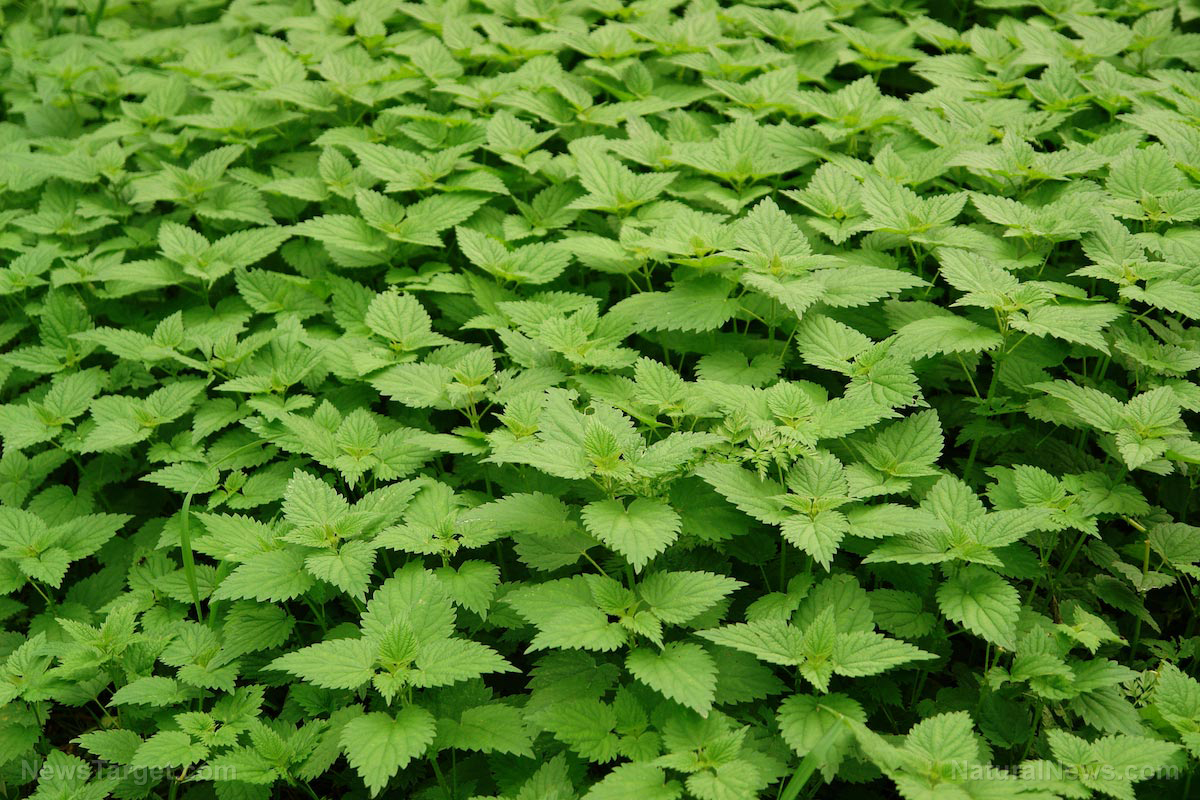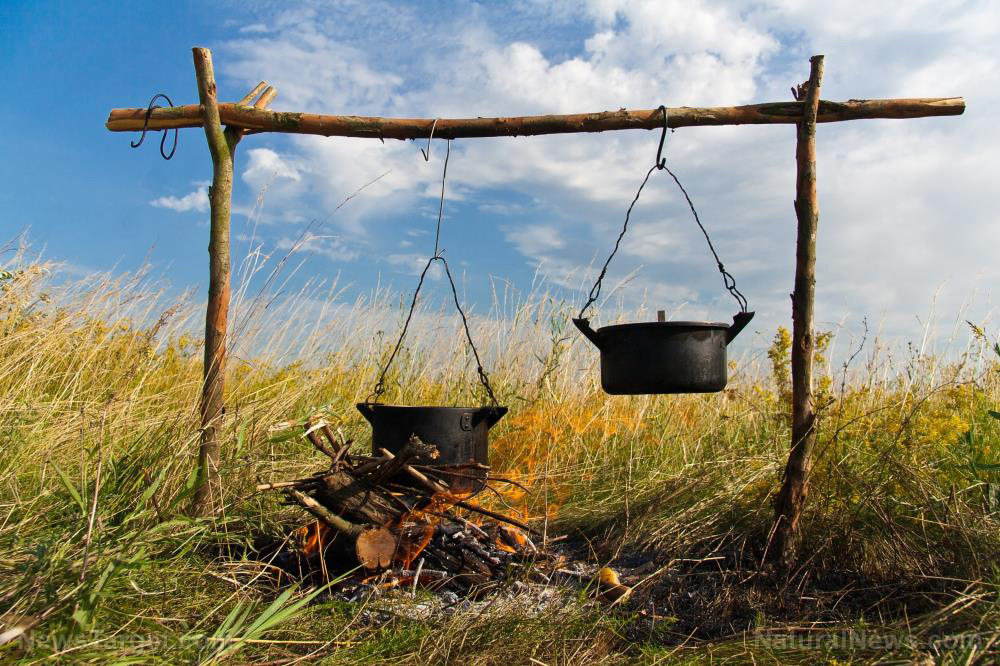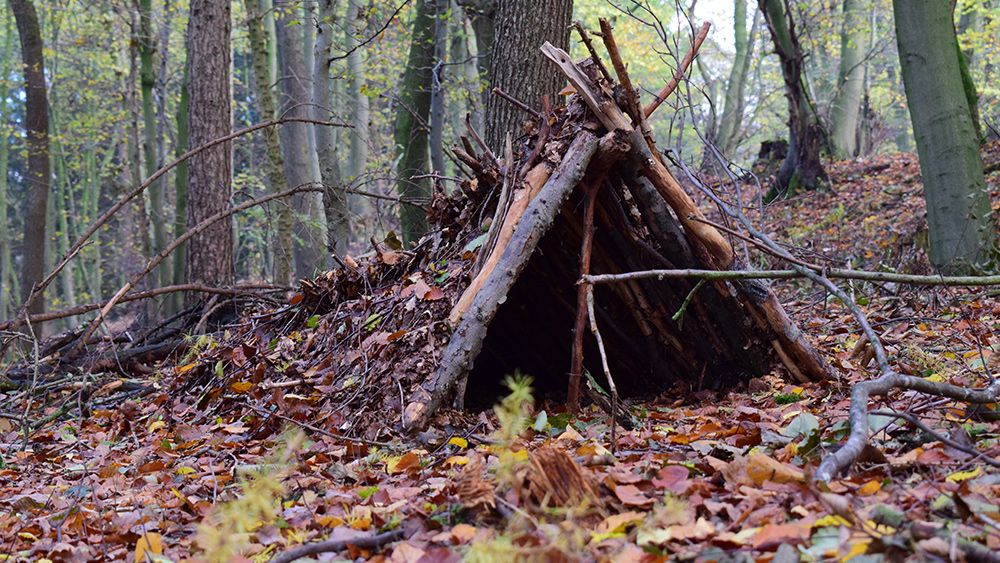
When SHTF, cordage may help save your life. String or rope of any kind is useful when you're in a survival situation. You can significantly improve your chances of surviving by learning how to make rope using common plants. (h/t to PreppersWill.com.)
Cordage has limitless survival applications – you can use it for fishing, hunting, and building a shelter. If you lose your gear, knowing how to make cordage from common plants can spell the difference between life and death, or at least starving and being cold at night.
Making cordage from common plants may be a forgotten skill in most areas, but thankfully, bushcraft enthusiasts and preppers are keeping this useful skill alive. (Related: Edible, medicinal, utilitarian: Cattails are a wonderful survival resource.)
Common plants that can be turned into cordage
Here are five common plants with a tensile strength that is perfect for making natural cordage.
- Dogbane/Indian Hemp (Apocynum cannabinum) – Dogbane, the most common plant used to make cordage, is also the best fiber plant found in the West. Dogbane stalks have fine, silky, and soft fiber that is easy to work with. The early settlers preferred to make and use dogbane cordage because of its durability and excellent quality.
- Hawthorn/Thornapple (Crataegus monogyna) – The inner white bark of the hawthorn tree can be used to make strong cordage. The bark of the tree can be stripped and twisted into strong rope, which was often used as a fishing line or to create snares. Wetting the bark makes it stronger, but it becomes stiff when it dries. Other trees with bark similar to hawthorn include elm, snowberry, spruce, and willow.
- Milkweed (Asclepias syriaca) – Milkweed stalks can be used if they're green or dry. However, it's best to harvest dry milkweed using the same method for stinging nettle. Milkweed fibers can be used to make rope, snares, and thread.
- Sagebrush (Artemisia tridentata) – Dry bark from the trunk of sagebrush can be twisted and turned into cordage. While sagebrush bark isn't strong, it can be used to make sandals, along with woven bags and blankets. While sagebrush cordage isn't as strong as dogbane or stinging nettle, it will do in a pinch. Cordage made from this plant can hold a shelter in place, and it can be used as makeshift tinder.
- Stinging nettle (Urtica dioica) – A versatile plant, stinging nettle stalks have a very strong fiber that can be used for different purposes. In the olden days, stinging nettle cordage was turned into bowstring, cloth, fishing line, nets, ropes, sandals, snares, thread, and yarn. If you need stinging nettle fiber, pound dry stems to remove the woody parts. The remaining fiber must then be cleaned by hand.
These five plants can easily be harvested, but the challenge comes from correctly identifying them.
Making your own cordage
Once you gather the materials you need to make cordage, you need to learn how to twist the fibers by hand. The instructions may seem simple, but you need to practice constantly to get the entire process right.
Follow these steps to make cordage by hand:
- Select two strips of fiber, then hold them in your left hand between your thumb and forefinger.
- Find the fiber farthest from your body, then hold it using the fingers of your right hand. Twist this strand clockwise for a couple of turns.
- Take the twisted strand then lay it counterclockwise over the remaining strand so it becomes the one closest to your body.
- Take the second strand (now the farthest from your body), and twist it for several turns. Lay the second strand over the first stand as precisely as you did in step three, then keep doing this until you reach the ends of the strands.
- The new lengths of fiber will be spliced from this point on, and you can do this by twisting the last two inches of the ends of the new fibers. Continue to twist and fold. Alternate the lengths of the stands so the splices aren't lined up when the string is finished.
Perfecting the art of cordage-weaving will take some practice, but mastering this skill can help you become a more self-sufficient prepper.
You can read more articles about cordage and why they're crucial to your survival at Preparedness.news.
Sources include:
Please contact us for more information.





















